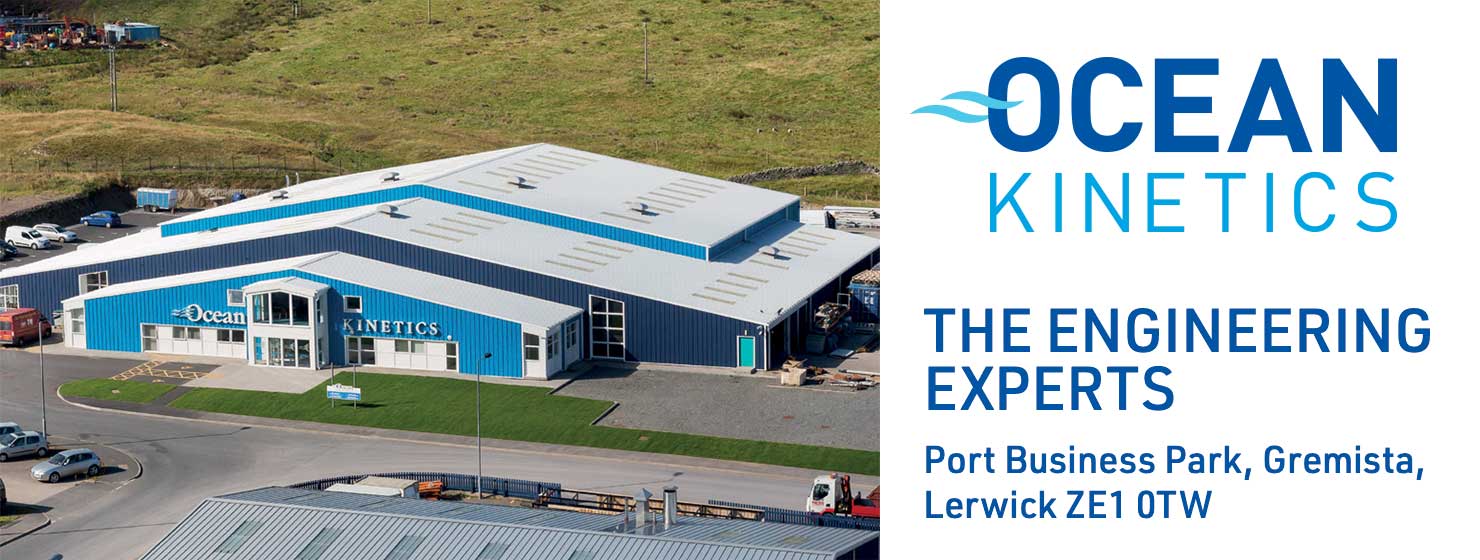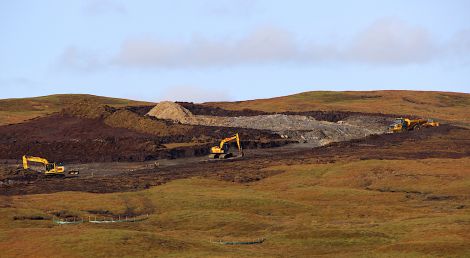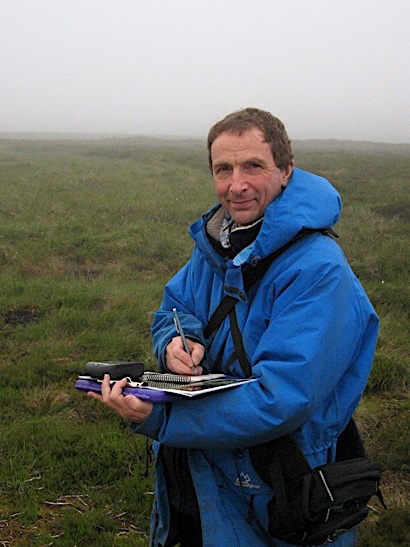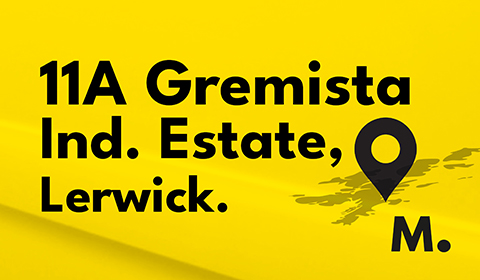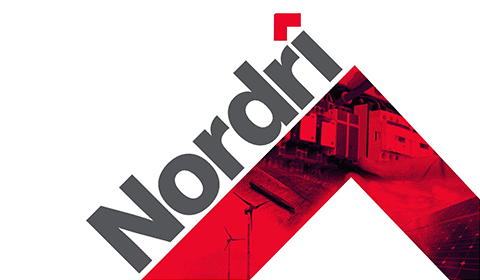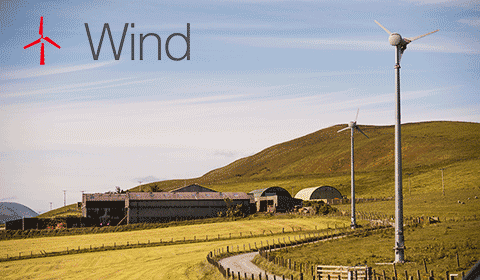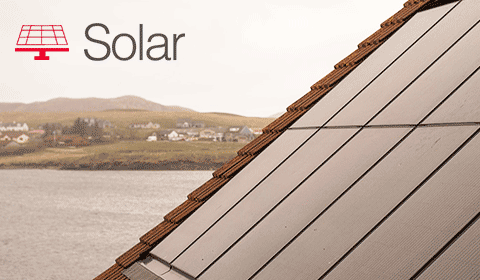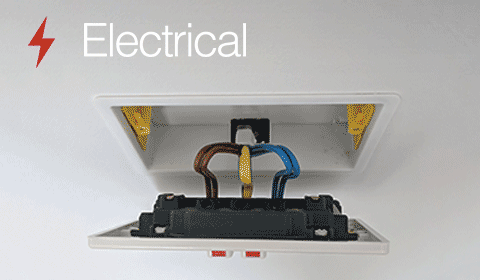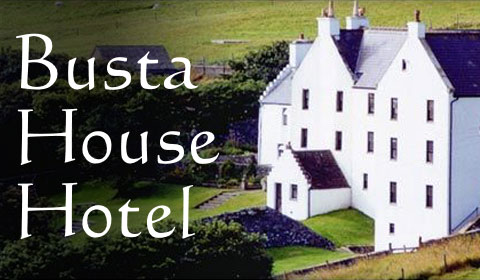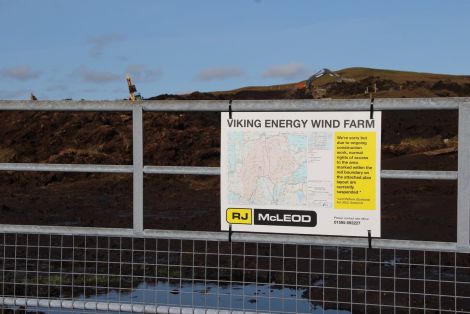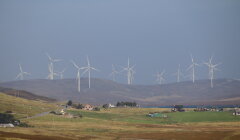Energy / ‘Robbing Peter to pay Paul’
World leading expert on peatlands says blanket bog is the one habitat wind farms should not be built on
IT was only when the heavy machinery finally moved in to start digging up the central mainland to construct roads, compounds and quarries for the Viking Energy wind farm, that many local folk came to realise the sheer amount of peat that needs to be shifted to make room for the renewable energy project.
“It’s the Cinderella habitat”, says Dr Richard Lindsay. “It does so much for us in terms of carbon storage, water quality and other ecosystem services, but because it is hidden below ground it is not valued.”
The internationally respected specialist in the ecology and conservation of peatland, based at the University of east London, has spent the last 45 years trying to “drag Cinderella out of the kitchen” to finally get the attention she deserves – although with limited success.
He applauds the Scottish Government for recognising the importance of peatland as a major carbon sink, yet despairs of the same administration for continuing to allow large wind farm projects to go ahead on the country’s rich peatlands.
Although covering just three per cent of the planet’s land area, peatlands store more carbon than all the world’s vegetation combined. And Scotland is particularly peat rich.
“My position in regards to wind farms is that they are a good source of renewable energy when they are in the right place, but putting them on peatland – although peatlands are generally areas of high wind energy – really is robbing Peter to pay Paul,” Lindsay told Shetland News.
He added: “It is the one area where we really shouldn’t put them [wind turbines] because we are using the long-term carbon that is stored there.
“We should acknowledge the importance of peatland, as relatively shallow peatland of just 30cm depth can contain as much carbon in a hectare as a hectare of tropical rainforest.
Become a member of Shetland News
“Everybody gets terribly upset about the loss of rainforest, and yet we are quietly digging up our own version in terms of carbon storage. And some people are arguing that’s a good thing.”
The value of the world’s peatlands for the climate has been recognised for a long time though it has been slow in becoming a widely known and generally accepted fact.
When the initial controversy over Viking split the community in two fundamentally opposed groups in the years leading up to planning consent granted by Scottish ministers in April 2012, the peat question was a factor in the discussions but by no means the dominating one
Right from the start the developer put out the line that Shetland’s peatlands were massively degraded through overgrazing and use over the last centuries and argued that building a wind farm was the only way of restoring it to its former glory and function.
Last week, SSE Renewables reiterated that view when the company cited another peatlands specialist, Dr Richard Birnie, on the Viking Energy website.
“Updated carbon payback calculations for the wind farm were produced as part of the Environmental Impact Assessment underpinning the variation to the planning consent granted in 2019.
“The calculations show the expected carbon payback for the development to be less than two years, saving over 500,000 tonnes of carbon dioxide every year over the lifetime of the project.”
An unnamed company spokesperson, based in Dublin, added: “Reversing decades of serious erosion and degradation is a central priority of Viking Energy’s ongoing construction works.
“Extensive effort is being applied to peat and blanket bog restoration and all handling and storage of excavated peat on site is part of a wider plan for its reuse and reinstatement to achieve these restoration goals.”
For Richard Lindsay all this makes little sense. He says the wind industry, naturally, has the tendency to be “somewhat optimist about its impact” and doesn’t “fully appreciate the potential for problems” in relation to peat instability, drainage, and long-term impact of storing peats.
He says far too little is known about the long-term impact of wind farms on peatland, simply because they have not been around for long enough and, hence, a precautionary approach should be taken.
He also is unimpressed by Viking Energy’s much heralded habitat management plan (HMP) which commits SSE Renewables to a “comprehensive programme of conservation measures, which include extensive peat restoration over 260 hectares of significantly damaged and eroded habitat”.
The academic doesn’t mince his words: “Frankly, the amount of area they are proposing to restore is pathetically small; it is ridiculously small compared to the scale of the development”, adding that half of the area proposed for restoration will compensate for what is being lost through road building, work compounds and the turbine foundation areas.
Describing the HMP as “behind the times” he added: “If Viking were really serious about bringing environmental benefit then, please, restore 260 ha per year for the life of the wind farm – that would be something worth doing.”
He is most concerned about the massive road construction programme that will cut across the landscape’s hydrology, releasing significant amounts of carbon and creating additional instability along the way.
In a 2016 paper, Peatlands and Windfarms: conflicting carbon Targets and environmental Impacts, Lindsay concluded:
“When a windfarm is constructed on peat it is inevitable that some of the carbon stored in the peat will be lost through oxidation of the peat. The main source of such disturbance is the network of access roads built for construction and maintenance.
“The most recent research suggests that potential carbon losses resulting from windfarm construction within a natural peat bog mean that there may be no net carbon benefit from the windfarm.”
While the diggers continue to turn the central mainland of Shetland upside down, there appears to be a chance to urgently reconsider Scotland’s approach to building “wind-harvesting infrastructure” on the planet’s most carbon-rich habitat.
With plans for the 160MW Energy Isles wind farm in Yell currently being considered by the Scottish Government’s energy consents unit, Lindsay said he has never seen a planning application turned down because of the peat issue.
“I have seen it rejected because of landscape issues; I have seen it rejected because there were issues with common land; I have seen it rejected because of bird life, but I have never known a wind farm being rejected because of the peatland habitat,” he said.
“Yell has the potential to be the first. I am not overly optimistic but it would fantastic if it would be rejected on that basis, because it would send the very clear message that the Scottish Government and planning authorities do acknowledge the importance of peatland.”
Judging by the responses from the Scottish Government and the Norwegian state company Statkraft that is behind the Yell development, it looks as though professor Lindsay’s ongoing mission of ‘dragging Cinderella out of the kitchen’ will have to continue for some years to come.
A list of detailed questions as to why one government department spends millions of pounds to painstakingly restore peatlands when another grants permission to destroy peatland habitats, generated a standard response:
“The Scottish Government is committed to delivering world-leading emissions reductions.
“The approach includes a major programme of restoring degraded peatland and the continued expansion of the amount of electricity generated by renewables.
“Natural heritage concerns are always given very careful consideration when major windfarm developments are consented by ministers.”
Meanwhile, Energy Isles has expressed its “full confidence” in their own peat management plan, which had received no objections from either SEPA or Ironside Farrer, who advise the Scottish Government on peat.
The company’s project manager Charlotte Healey said: “We acknowledge the importance of peatlands in the fight against climate change and to that end are proposing comprehensive peatland habitat management offsite.
“Our studies show that the project will pay back all the carbon released in around two years, based on the Scottish Government carbon calculator.”
Become a member of Shetland News
Shetland News is asking its readers to consider paying for membership to get additional perks:
- Removal of third-party ads;
- Bookmark posts to read later;
- Exclusive curated weekly newsletter;
- Hide membership messages;
- Comments open for discussion.
If you appreciate what we do and feel strongly about impartial local journalism, then please become a member of Shetland News by either making a single payment, or setting up a monthly, quarterly or yearly subscription.



